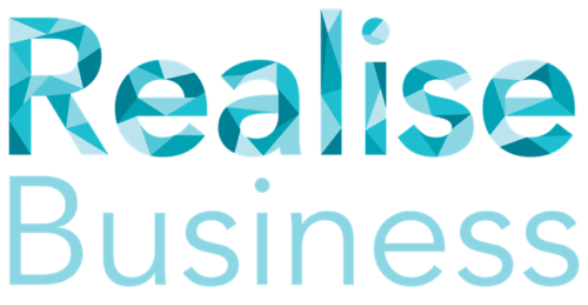As we reach the end of the financial year, many businesses consider what they could have done better in the preceding year. In EOFY business advisory sessions we take the time to celebrate the wins, but we also reflect upon and unpack the past year to inform planning for the new financial year.
A common feeling among business owners is that they struggle to maintain clarity and focus of purpose. Often this is because there is no documented plan in place. In her article, ‘2 Things Successful Business Owners Do Differently,’ CEO of Realise Business, Jacqui Attard highlights why working to a plan is so important.
A good business plan is a roadmap to business success and how to manage that success. While it takes a few hours to put together, it’s a good investment of your time and is the difference between success and failure. The planning process uncovers things like:
- How to finance the business for expansion, pivot and evolve or change offerings to meet new market demands
- What financing options are available? You can receive free advice through the Business Connect program on your options for access to finance.
- What is the operating budget? What are the operating expenses? What are the Costs of goods and services (COG’s) and what income is needed to offset those costs? Make an appointment with Katherine Blizard to book in for your business operations health check.

If you have a good understanding of your financial situation and put effort to improve your financial literacy, you will be able to quickly calculate profit margins, understand what sales are required (month by month) and determine whether the business is on track with the plan.
The financial plan determines the measurable business objectives for staying profitable and delivering a healthy cash flow. The marketing plan determines how you will persuade your prospective customers to purchase from you in order to achieve the sales that will provide those cash flow and profit goals. This is how the sales and marketing plans should align.
Measurable marketing goals should be set for the year and broken down to quarterly goals for easy tracking. Marketing objectives should be SMART:
Specific Measurable Achievable Realistic Time Specific
Your objective can be based around a number of options. If you need assistance to work on a marketing plan with SMART objectives, make an appointment with Sara Berry . Set a marketing budget! So many small business owners do not set aside a marketing budget. As a guide 5%-10% of your annual revenue should be set aside as a marketing investment.
You can also calculate things like cost per lead and cost per acquisition. Most business owners are spending money on marketing but don’t understand if or what impact that investment has had on their business goals, overall sales and profitability. Work towards understanding how your marketing impacts your sales, so you can measure the success (or non-success) of each marketing element.
This time of year is ideal for reflection. Spend a few hours to jot down key learnings from the past year and what you want to achieve in the first quarter and for the year ahead. Put a financial and marketing plan to paper, set your strategy and you will have a roadmap to a successful 2019/20.
There is plenty of free assistance available to help you – get started today – don’t waste another moment!
– To know more about Business Advisor, Sara Berry, please click here.




